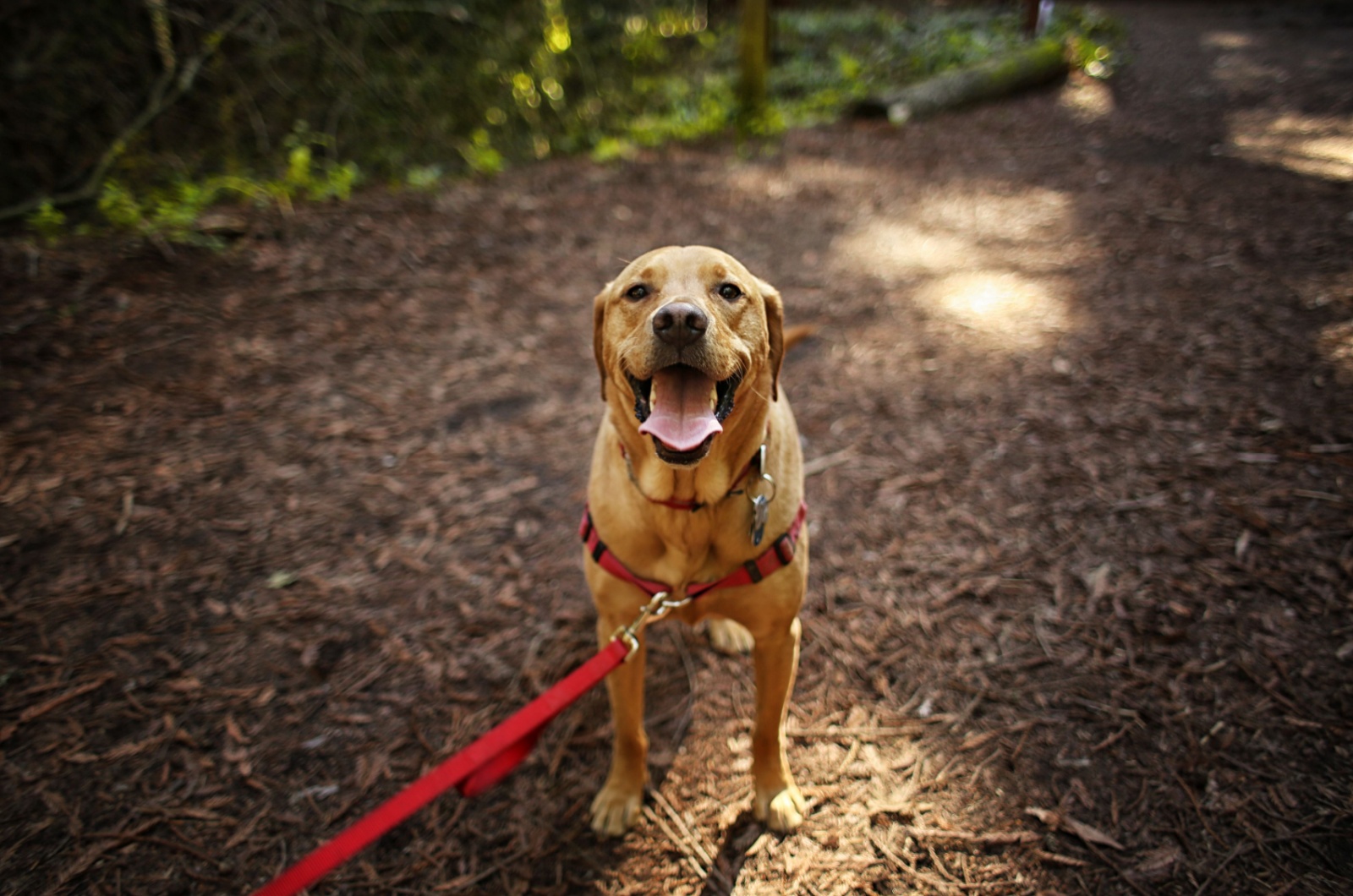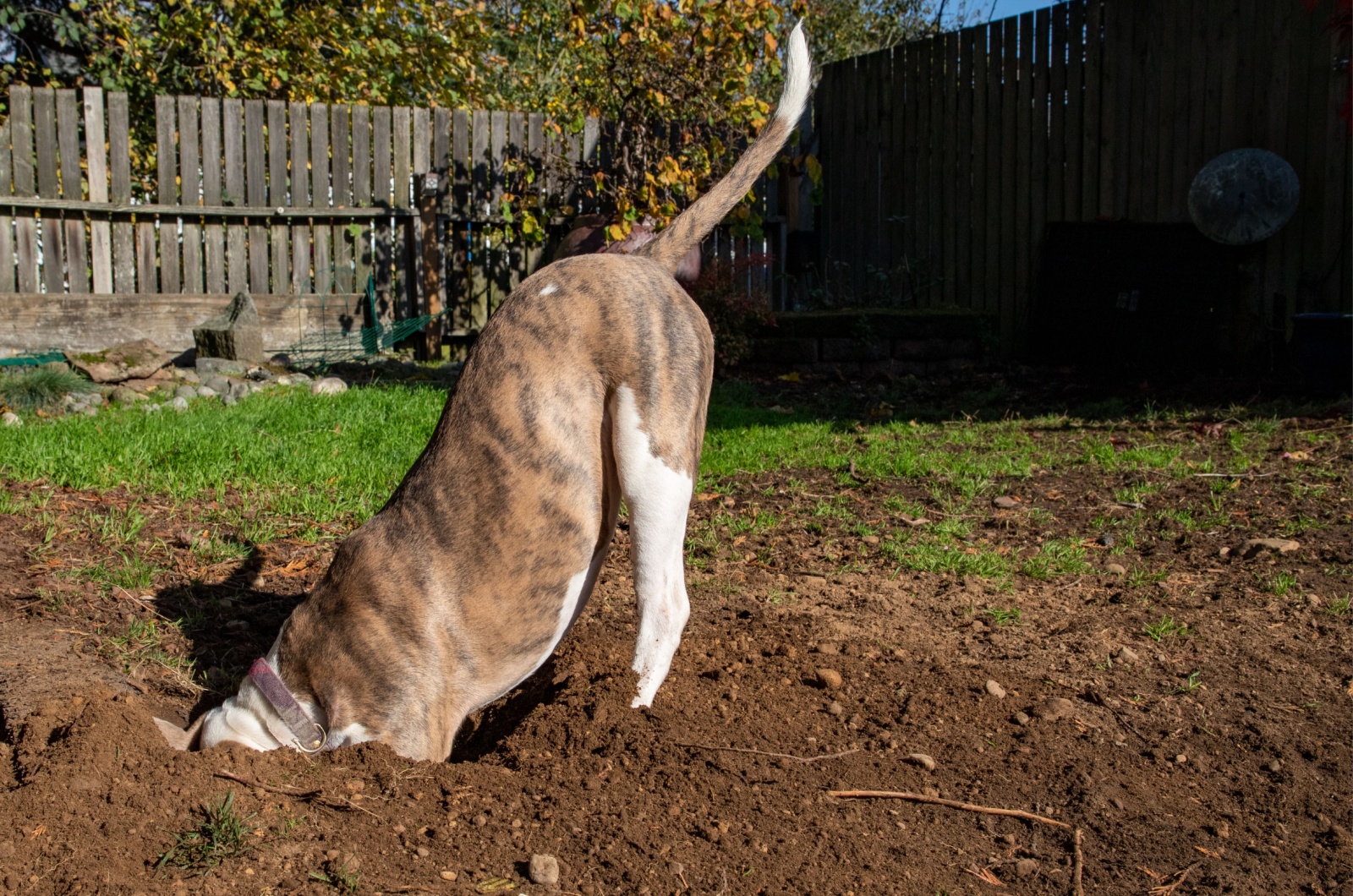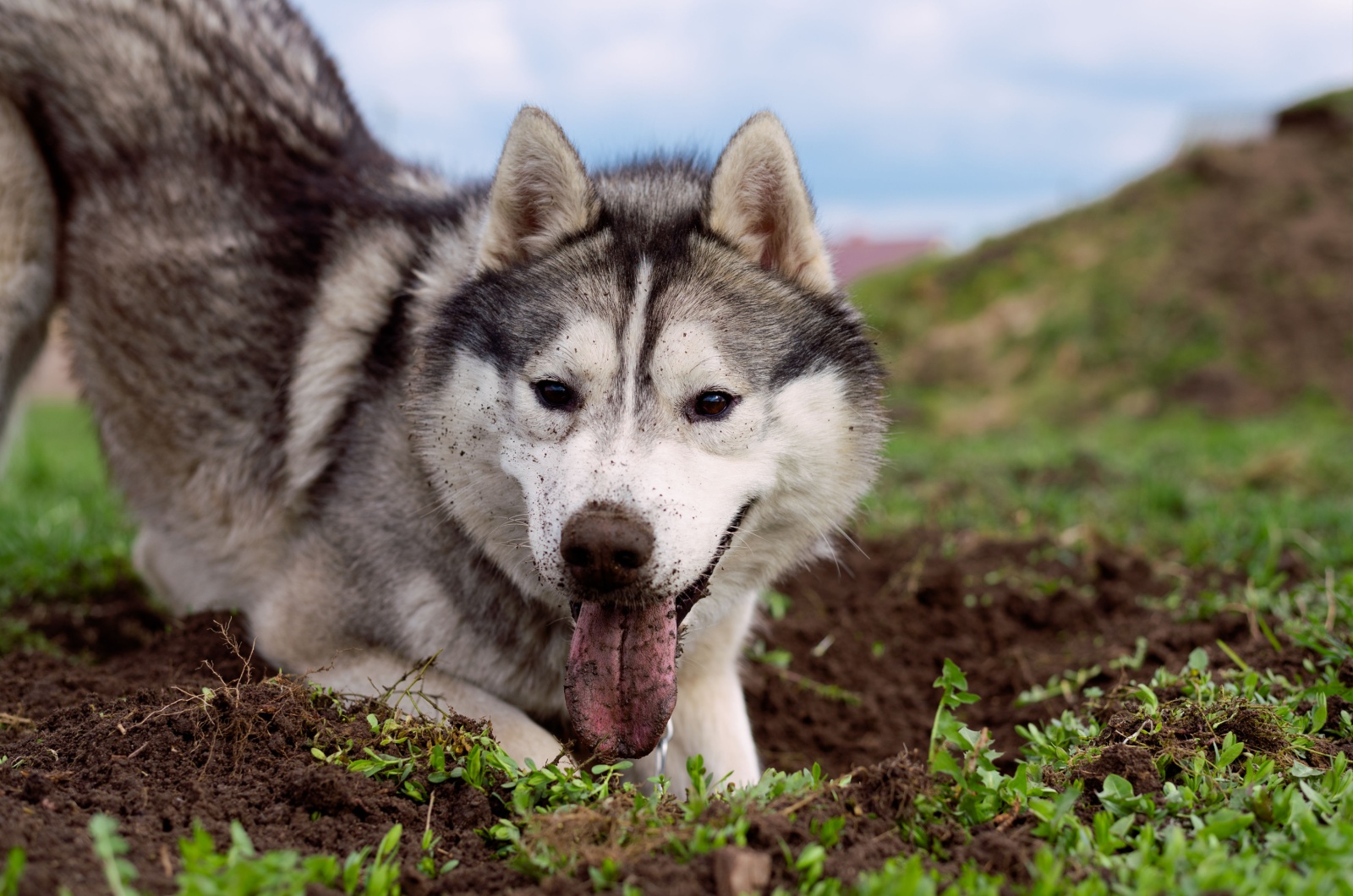Valley Fever Is Spreading In Bay Area, And Dogs Are Especially Vulnerable

In the Bay Area, health officials are sounding the alarm about a little-known illness that doesn’t just affect humans—it threatens our four-legged companions too.
Valley fever, once thought of as a disease limited to California’s Central Valley and the desert Southwest, is now cropping up in places like San Francisco Bay counties.
For people, it can feel like a stubborn flu or pneumonia. For dogs, it can be devastating.
What Exactly Is Valley Fever?

Valley fever, or coccidioidomycosis, is caused by a fungus called Coccidioides that lives in dry soil.
When the ground is disturbed—by construction, windstorms, farming, or even a digging paw—the fungal spores become airborne. Breathing in those spores can lead to infection.

Most cases begin in the lungs, but in severe situations, the disease can spread to bones, skin, or even the brain.
In people, symptoms range from mild cough and fatigue to serious, long-lasting illness. The U.S. Centers for Disease Control and Prevention estimates that around 40% of those infected develop noticeable symptoms, though many mistake them for the flu.
How Dogs Are Affected

Dogs are particularly vulnerable. Unlike humans, they often have their noses close to the ground, digging and sniffing in the very soil that hides the fungus. That makes them more likely to inhale large amounts of spores.
According to PetMD, when infected, dogs can develop symptoms similar to people: coughing, fever, weight loss, and lack of energy.
In some cases, the disease doesn’t stop at the lungs. It may spread to bones, leading to limping or lameness, or to the skin, causing sores that don’t heal.
The disease can even reach internal organs. For many owners, the first sign is a dog that just isn’t acting like itself—tired, off its food, or struggling with unexplained pain.
How Dogs Catch It

The fungus is not passed directly from dog to dog, or from dog to human. Infection only happens when spores from the soil are inhaled.
That’s why the risk increases during dusty conditions or in areas with construction or heavy soil disturbance. Even a gusty hike on a dry trail can expose a curious pet.
Prevention Tips For Pet Owners

Complete prevention isn’t always possible, but there are ways to reduce risk:
Avoid dusty areas during windy days or construction.
Discourage digging in bare soil, especially in high-risk regions.
Keep pets indoors during dust storms or when air quality is poor.
Talk to your vet if you live or travel in Valley fever regions—knowing the risk helps catch symptoms early.
Diagnosis And Treatment

If Valley fever is suspected, vets can run blood tests or imaging studies to confirm the infection.
Treatment typically involves long courses of antifungal medications, sometimes lasting many months. With early detection and persistence, many dogs recover well. However, severe or disseminated cases can be harder to manage.
The Bigger Picture

As climate patterns shift and dry areas expand, experts believe Valley fever will keep spreading beyond its traditional hotspots.
For Bay Area residents, that means keeping an eye not only on their own health but also on their pets’.
A persistent cough, unexplained limp, or unusual fatigue in a dog might be more than just old age or a cold—it could be a sign of something hiding in the soil.
Valley fever may not be as well-known as other illnesses, but awareness is the first line of defense. Protecting your pets starts with understanding the risks under their very paws.






